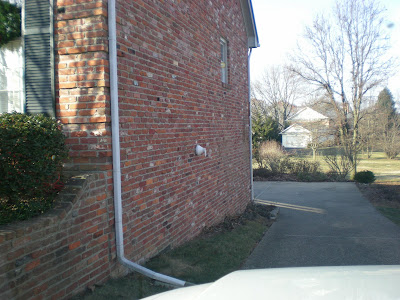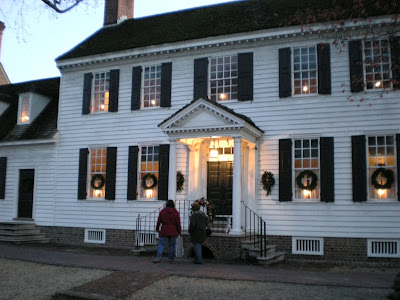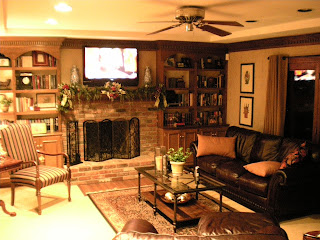Dec. 7, 1941: A day of infamy
Remembering Pearl Harbor
By William J. Bennett and John Cribb • Special to The Courier-Journal • December 7, 2008
Sunday, Dec. 7, 1941, began as a serene morning at the U.S. Navy base on the island of Oahu in Hawaii. The warships of America's Pacific Fleet rested at anchor. Many sailors were preparing for church or relaxing, and all was quiet at Pearl Harbor.
At about 7:55, a buzz from the sky broke the calm as a dive-bomber bearing the red symbol of the Rising Sun of Japan dropped out of the clouds. Seconds later, a swarm of Japanese warplanes followed. Sirens wailed as explosions sounded across the harbor and black smoke poured into the sky.
American sailors scrambled to battle stations while the Japanese planes screamed in for the kill. The main targets were several huge battleships moored in the harbor. Anti-aircraft guns roared to life, but they did little good. Bombs and torpedoes hit ship after ship: the Arizona, the Oklahoma, the California, the West Virginia, the Utah, the Maryland, the Pennsylvania, the Tennessee, the Nevada.
Sailors fought to save their ships, their comrades, and their own lives. Much of the California's crew abandoned ship after flames engulfed its stern. When the captain determined the battleship might be saved, Yeoman Durrell Conner hoisted the American flag. At the sight of the colors, the sailors returned to fight the fires and keep her afloat.
The crew of the Arizona had no such chance to save their ship. A 1,760-pound armor-piercing bomb slammed through her decks, and a few seconds later one of her ammunition magazines exploded, shredding the forward part of the vessel. The Arizona sank in less than nine minutes, and 1,177 crewmen lost their lives.
The attack reduced much of the Pacific Fleet to smoldering wreckage. The Japanese planes disappeared into the sky, leaving 2,400 dead, 1,200 wounded, 18 ships and more than 300 American planes destroyed or damaged.
We remember Pearl Harbor to honor the sailors and soldiers caught in the attack, including those who survive today. We recall Dec. 7, 1941, "a date which will live in infamy," as a solemn reminder that from time to time, our freedom will come under assault.
But we also remember Pearl Harbor for what came after the attack.
The next day, a somber President Franklin Delano Roosevelt strapped his steel braces onto his legs and walked into the U.S. House chamber, leaning on his son Jimmy's arms. There he addressed a joint session of Congress and asked for a declaration of war against Japan.
"No matter how long it may take us to overcome this premeditated invasion, the American people, in their righteous might, will win through to absolute victory," Roosevelt said. "With confidence in our armed forces, with the unbounded determination of our people, we will gain the inevitable triumph. So help us God."
Japanese Admiral Isoroku Yamamoto, who planned the attack on Pearl Harbor, reportedly summed up the result this way: "I fear we have awakened a sleeping giant and instilled in him a terrible resolve." The remark may be apocryphal, but it is true nonetheless.
Stunned Americans regrouped. From Bataan to Anzio to the Ardennes, "Remember Pearl Harbor" became a rallying cry for U.S. troops. Likewise for civilians on the home front, who transformed the nation's industrial and agricultural might to defend the world from tyranny. The wartime labor force included millions of women who traded aprons for overalls to work in factories building trucks, tanks, jeeps, and planes. As the British journalist Alistair Cooke wrote, "The Allies would not have won the war … without the way the American people, with amazing speed, created an arsenal no coalition of nations could come close to matching."
The USS West Virginia became one of many symbols of American resolve. Devastated by bombs and torpedoes, the battleship had settled to Pearl Harbor's bottom. The Navy raised her, rebuilt her, improved her, and sent her back into action. Her big guns pounded the enemy at the battles of Leyte Gulf, Iwo Jima, and Okinawa. On Sept. 2, 1945, when the Japanese formally surrendered, the West Virginia was among the U.S. warships riding at anchor in Tokyo Bay.
Such is the spirit embodied in three words: "Remember Pearl Harbor."
William J.Bennett and John Cribb are co-authors of "The American Patriot's Almanac" (Thomas Nelson, 2008).





















